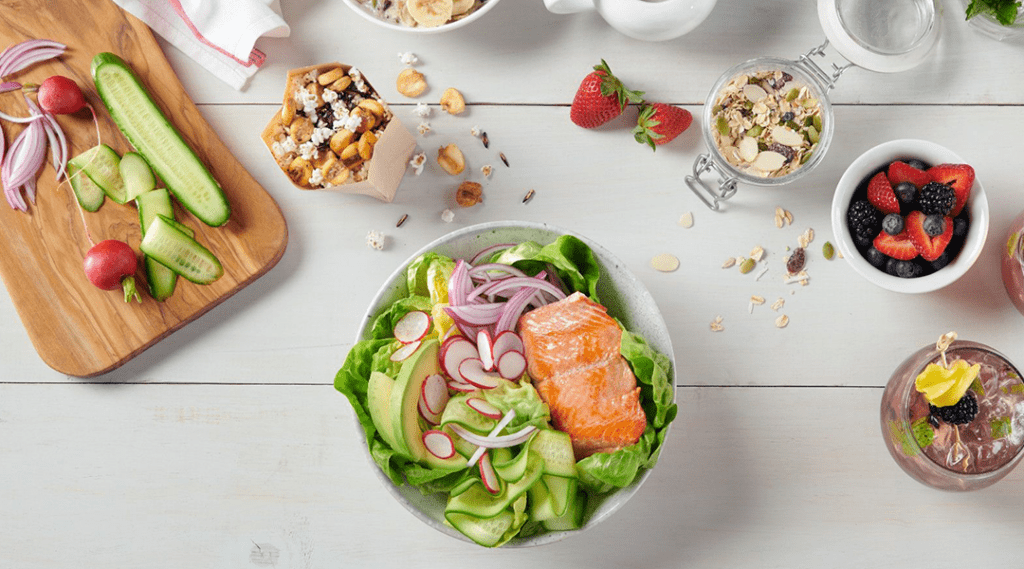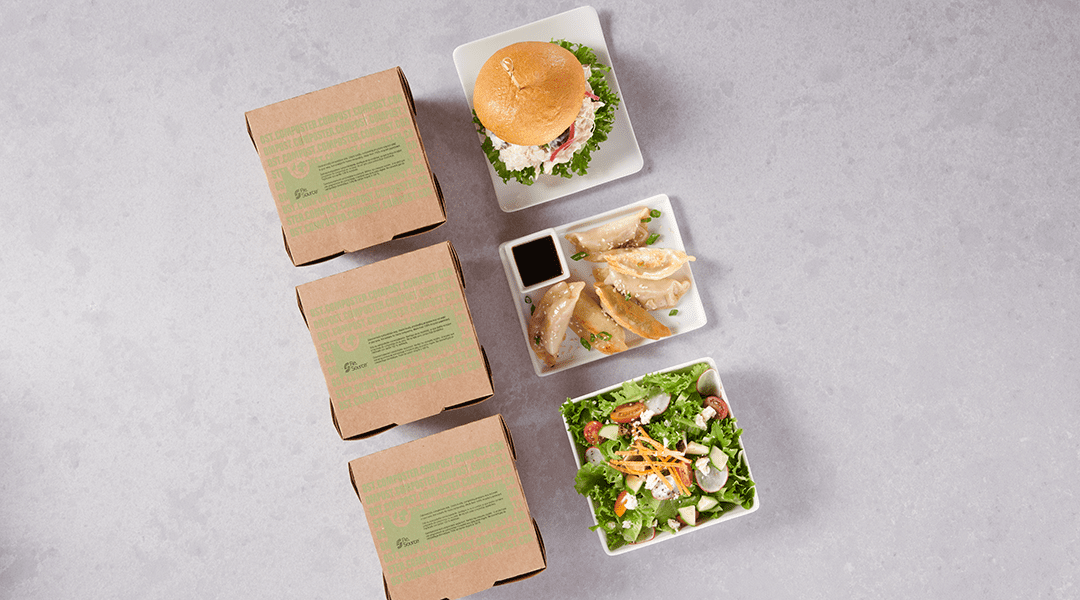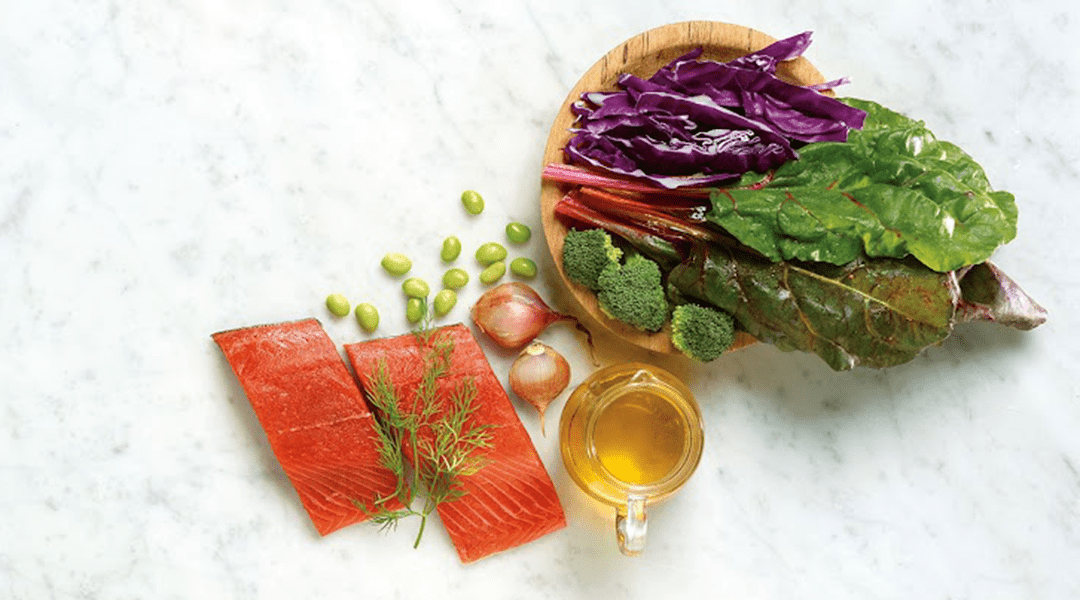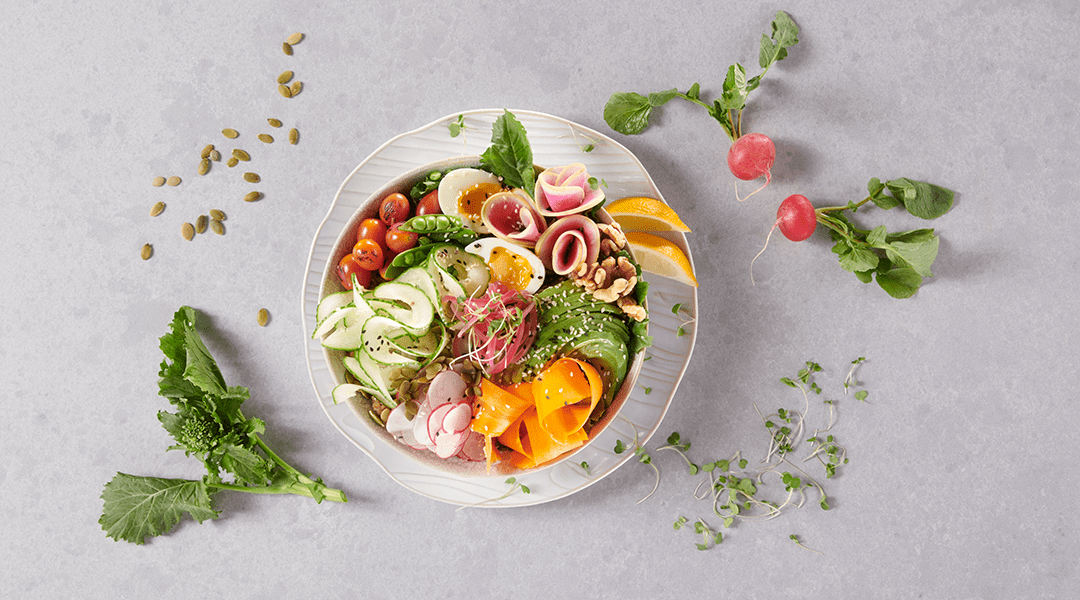Forward-thinking restaurants are embracing the veg-centric movement, making vegetables a center-of-the-plate star. By presenting vegetables in ways they’ve never been eaten before—using aggressive cooking styles and imaginative flavor combinations—chefs are taking fresh and natural favorites from farm to fabulous.
If you don’t think this can work in your restaurant, think again. Nearly every meal includes vegetables, and diners of every generation have their favorites. Your challenge is to recognize what’s popular, add a spark of differentiation, and open the door to opportunity.
Rob Granberg, Gordon Food Service Consulting Chef in the Central States Division, says restaurants are naturally reluctant to change the menu, but he reminds them that it must be done to stay fresh and build growth.
“I wouldn’t ask restaurants to take the center part of the menu and devote it to veg-centric, but I do think they should introduce it,” he says. “Offer customers a taste, a shareable portion, and customer demand might create a new menu category for you.”
By looking at examples of what works—let’s call them success stories from the real world—you can make veg-centric cooking work for you.
Four Ways to Make Veg-Centric Work For You
1. Start Local, Think Global
Gordon Food Service Corporate Consulting Chef Gerry Ludwig, CEC, says veg-centric cooking can start with familiar customer favorites, those farm-to-table local ingredients that have gained so much popularity over the years. But that’s not enough.
“Every good chef will source the best-tasting raw products,” he says. “You’ve got to take these ingredients and put them to better use than your competitors. That’s what counts.”
As an example, he cites the grilled nectarine salad at Gjelina in Los Angeles. It takes the nectarine, a local favorite, and adds burrata, Treviso, arugula, prosciutto, and a drizzle of aged balsamic to create a smart combination of textures, temperatures, and flavors. In short, the whole is greater than the sum of its parts thanks to the infusion of global flavors.
Ludwig notes that vegetables of all sorts take well to assertive international sauces, such as pesto, chermoula, or chimichurri. In small amounts, cheeses such as ricotta, Parmesan, and Romano also bring out the flavor of vegetables.
2. Don’t Overlook Proteins
Just because it’s called veg-centric doesn’t mean meat is out of the picture. On the contrary, protein can add big flavor even when it’s used on a smaller scale.
Ludwig suggests cooking vegetables in meat-based broths, or adding crumbles of sausage or shavings of prosciutto to add that rich, protein flavor. Even pairing vegetables with smoked fish, anchovies, or other seafood can elevate the flavor complexity to a shockingly delicious level.
A recent restaurant-hospitality.com article points out that produce-protein combinations are gaining a foothold among millennials. The report cites a study in which millennials were introduced to a handful of sandwich concepts online to gauge their interest. It found that four of the top five sandwiches were veg-centric.
In short, the study shows “the next great sandwich concept could incorporate a unique mix of vegetables, with a protein garnish.”
3. Try New Twists on Old Favorites
Dennis Rynicke, a Gordon Food Service Grocery/Bakery Product Specialist, points out that veg-centric menu items are a gateway to reaching different generations because they are easily customized.
“Tacos are a food everyone’s familiar with, and you can fill them in so many veg-centric ways that it’s easy to please a range of appetites,” he says.
Roasted cauliflower tacos topped with a drizzle of orange curry mayonnaise and a few fried sage leaves are a meatless take that’s sure to turn heads. And if the customer demands a touch of protein, there are veg-centric tacos with decidedly protein-packed names.
The corned beef taco contains a small bit of brisket and is heaped with a curtido cabbage relish and a mustard-seed salsa. The pulled bacon taco features a bit of bourbon-cider bacon along with roasted beets, julienned cucumbers and radishes, and topped with a lime vinaigrette and cilantro sour cream.
“Millennials love the ability to make a dish their own, and tacos allow that to happen,” Rynicke says. “And you can serve the same taco with three different sauces.”
4. Be Aggressive
At Chalk Point Kitchen in New York City, Chef Joe Isidori’s menu includes a “Vegetables to Share” section that features items like Grilled Watermelon, Country Fried Potatoes, Roasted Heirloom Carrots, Grilled Jumbo Asparagus, and Sautéed Russian Kale.
The common denominator is the aggressive cooking method that accompanies each name. Whether pan-searing, charring, grilling, or oven-roasting, foods pick up a unique and unexpected layer of flavor when new cooking methods are introduced.
Ludwig calls this the ABS—anything but steam—approach.
“Steam cooks vegetables, but it doesn’t enhance the flavor or texture,” he says. “When people eat at home they steam vegetables; when they dine out they expect—and appreciate—a unique approach.”
Using these four approaches, along with a little flair for imagination, and you could move vegetables into a more prominent spot on the menu. To discuss ways to add veg-centric foods to your operation, consult with your Gordon Food Service Customer Development Specialist and ask about Recipe Manager, which contains hundreds of kitchen-tested recipes.




























